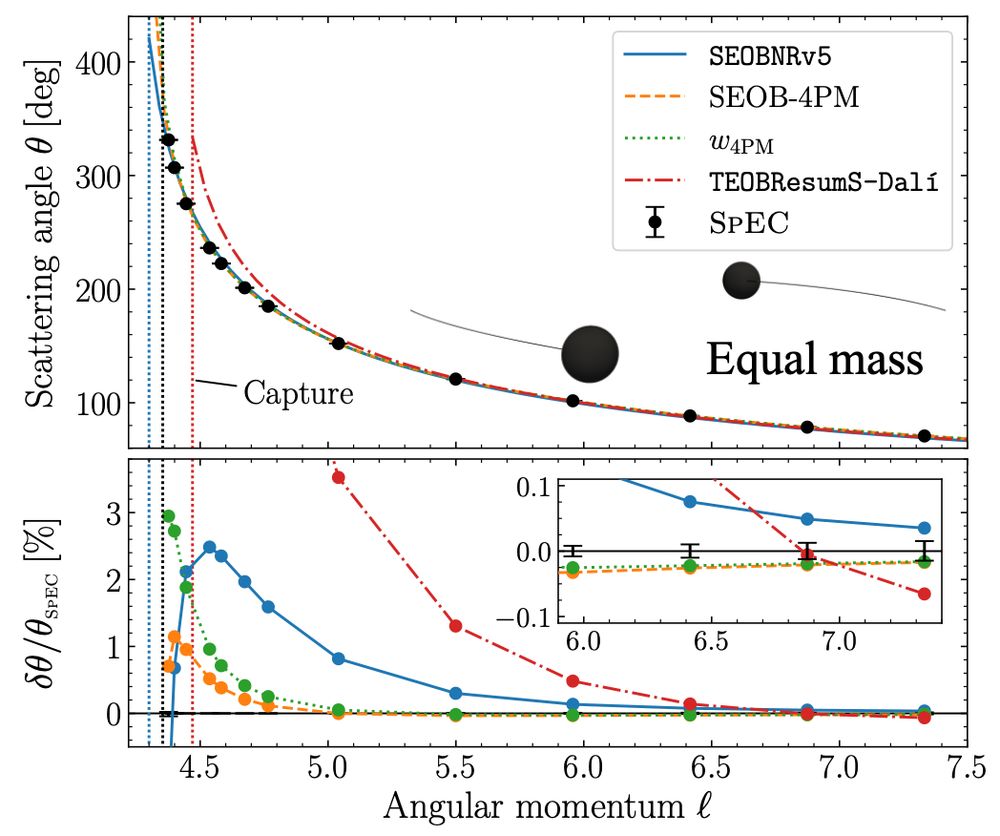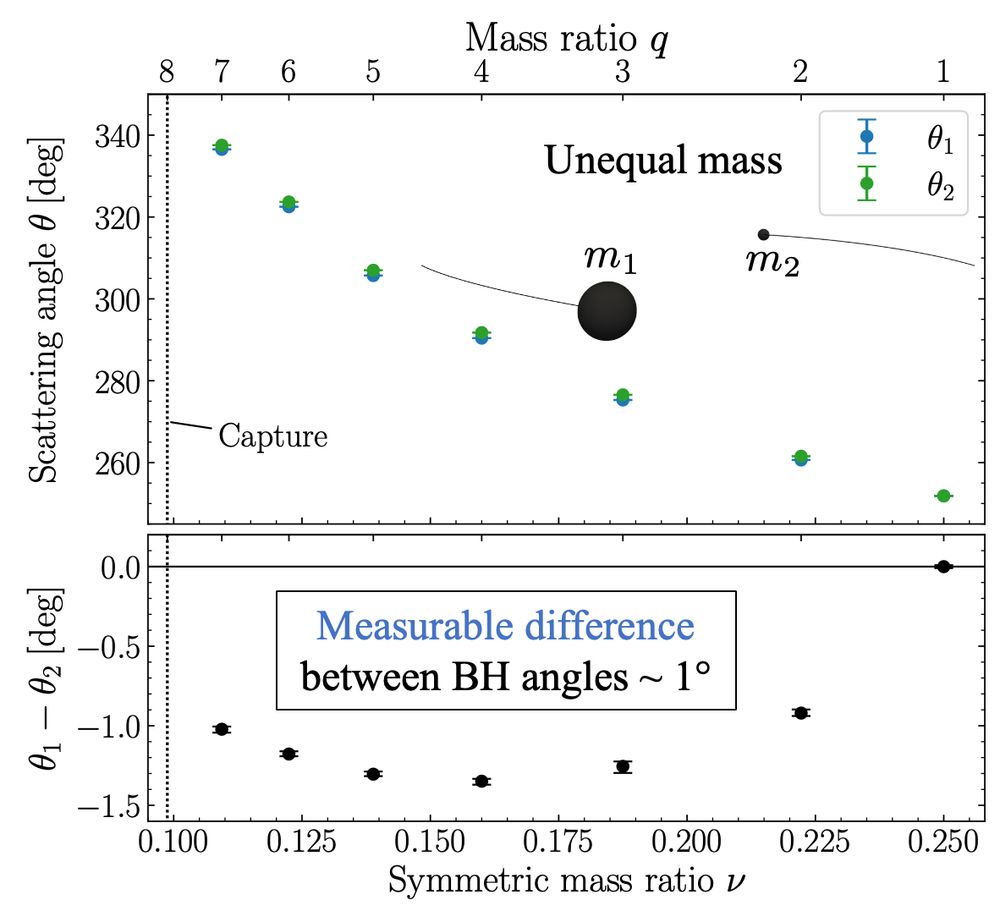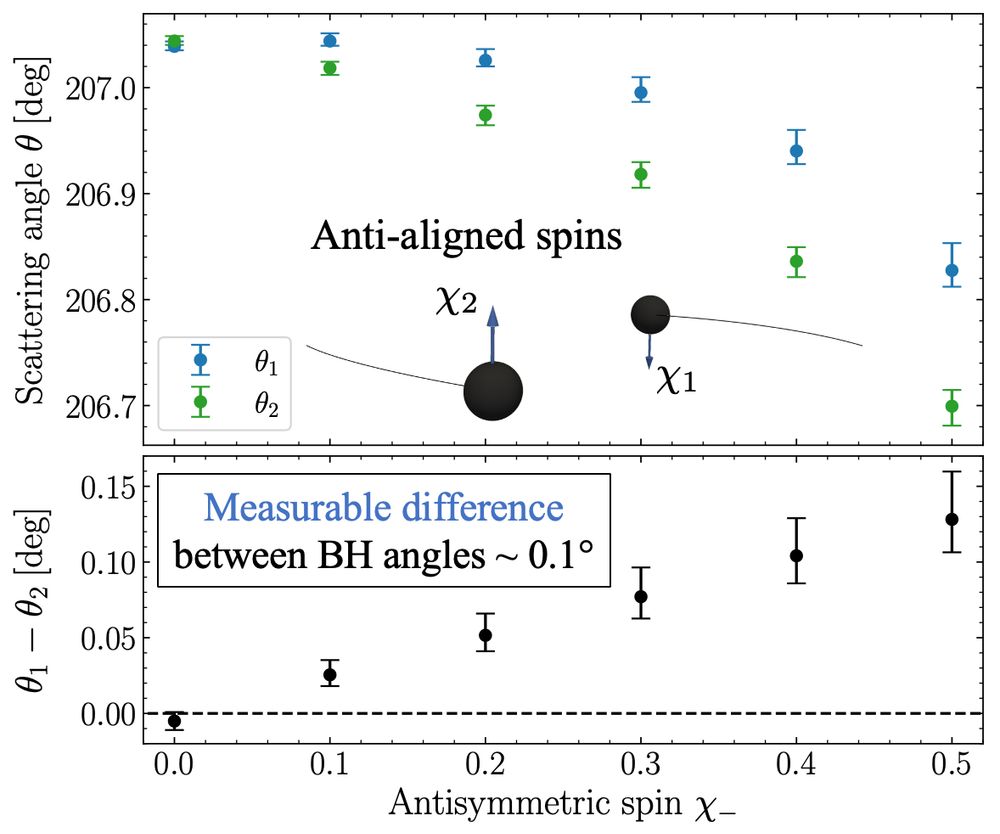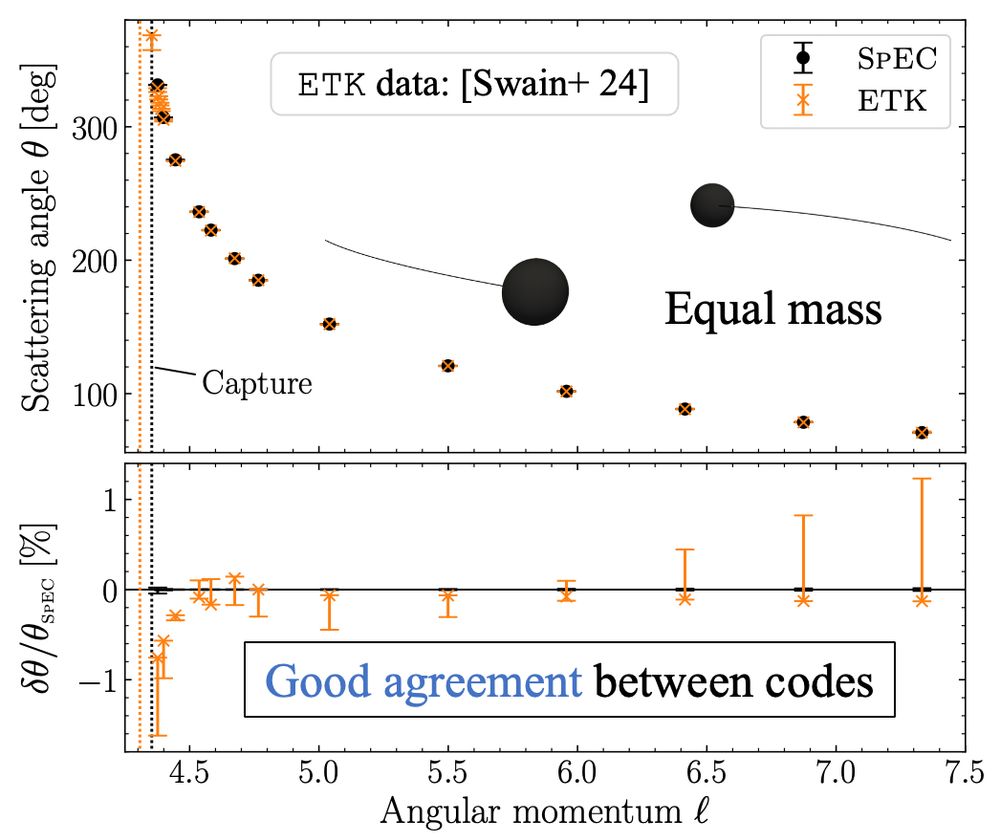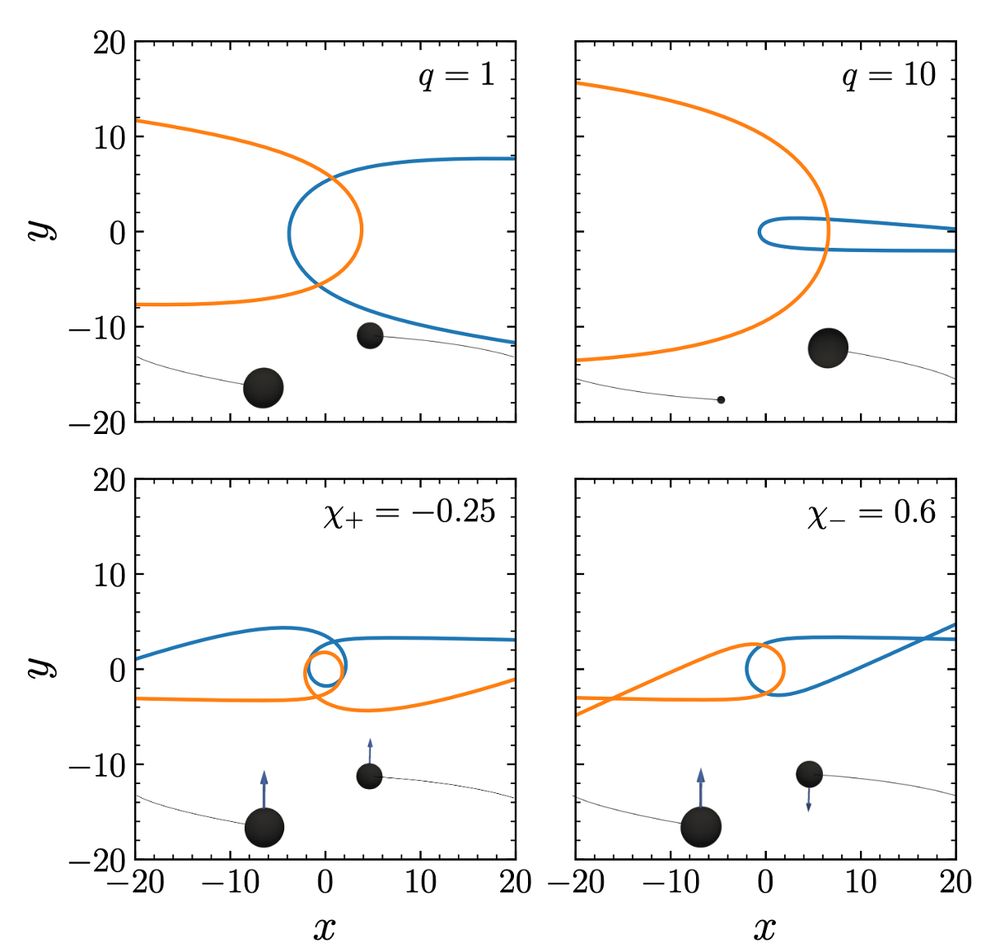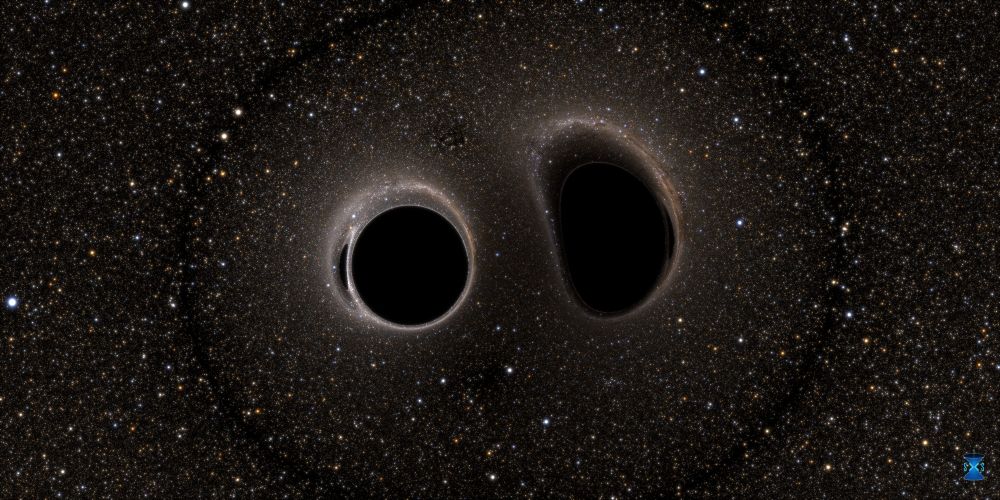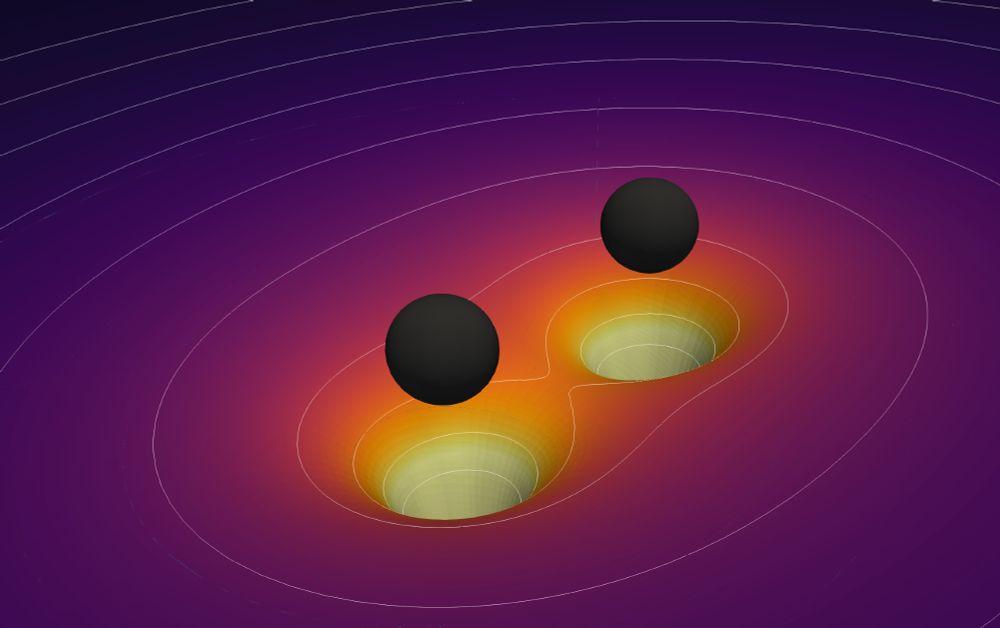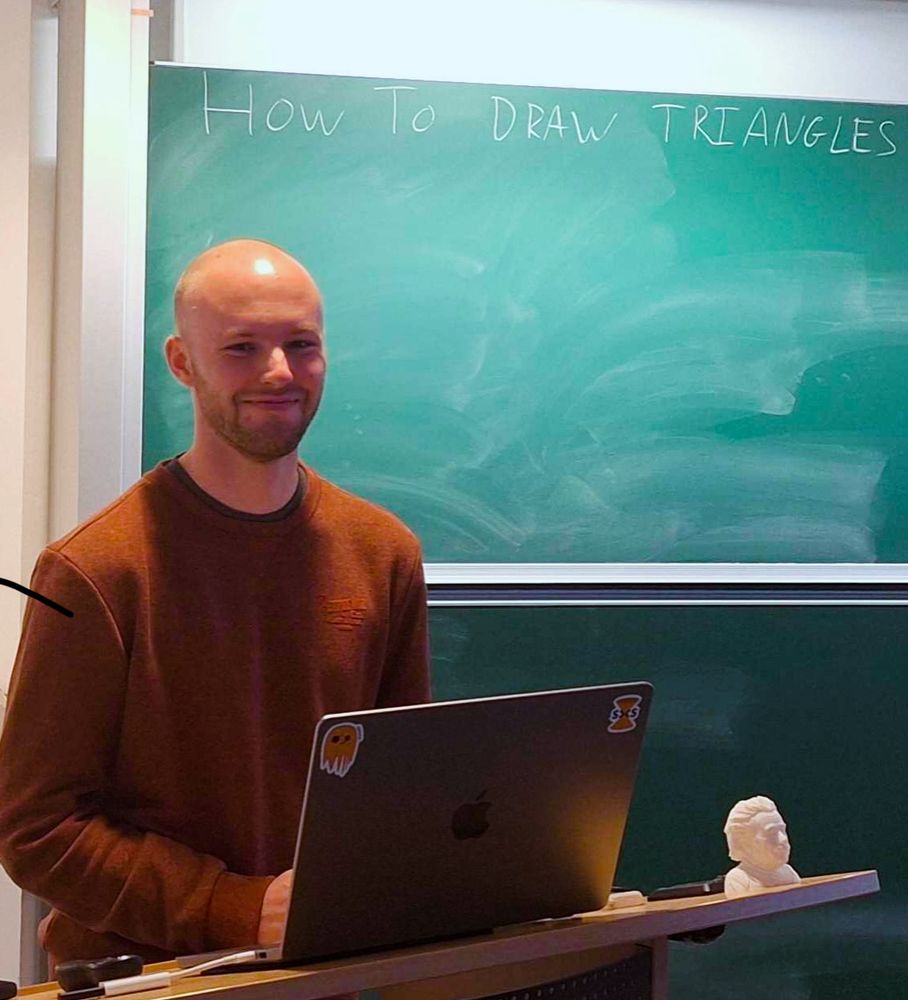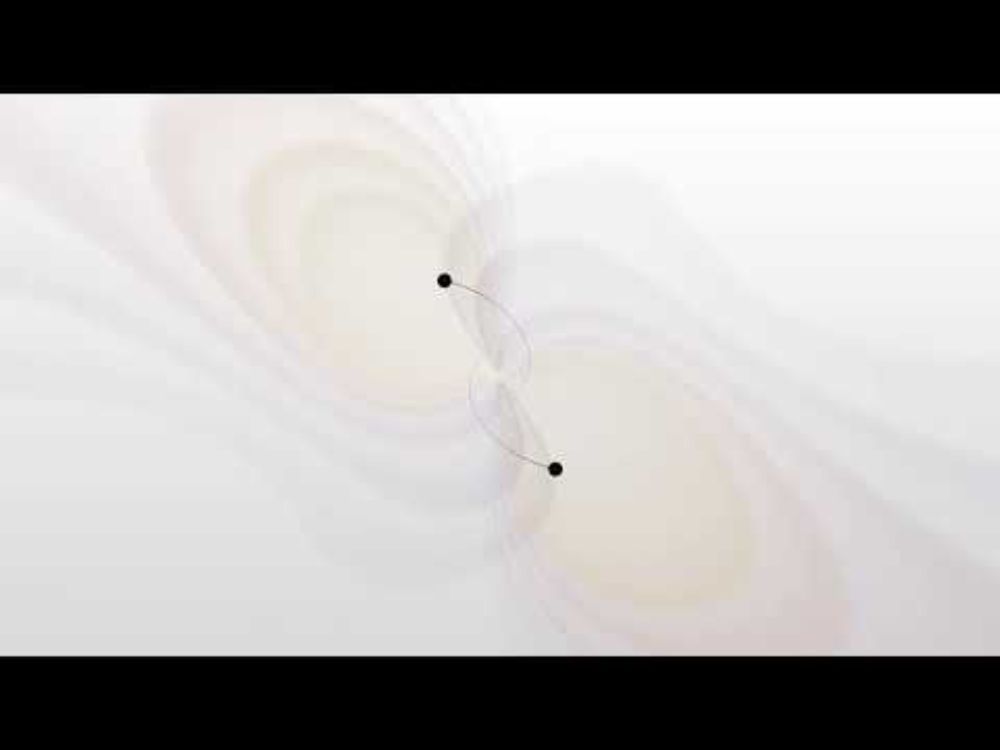Olly Long
@hyperbolly.bsky.social
140 followers
70 following
19 posts
Gravitational physicist working at the Max Planck Institute for Gravitational Physics (Albert Einstein Institute) in Potsdam, Germany.
https://www.oliverlong.info/
Posts
Media
Videos
Starter Packs
Pinned
Olly Long
@hyperbolly.bsky.social
· Jul 16
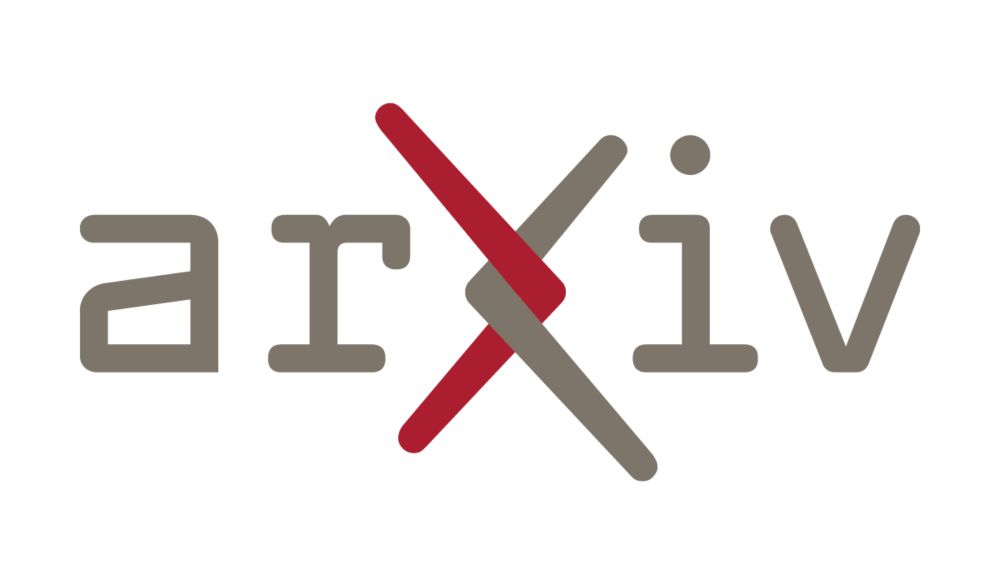
Highly accurate simulations of asymmetric black-hole scattering and cross validation of effective-one-body models
The study of unbound binary-black-hole encounters provides a gauge-invariant approach to exploring strong-field gravitational interactions in two-body systems, which can subsequently inform waveform m...
arxiv.org
Reposted by Olly Long
Olly Long
@hyperbolly.bsky.social
· Jul 16

Highly accurate simulations of asymmetric black-hole scattering and cross validation of effective-one-body models
The study of unbound binary-black-hole encounters provides a gauge-invariant approach to exploring strong-field gravitational interactions in two-body systems, which can subsequently inform waveform m...
arxiv.org
Reposted by Olly Long
Reposted by Olly Long
Olly Long
@hyperbolly.bsky.social
· Dec 9
Olly Long
@hyperbolly.bsky.social
· Dec 8
Olly Long
@hyperbolly.bsky.social
· Dec 8

